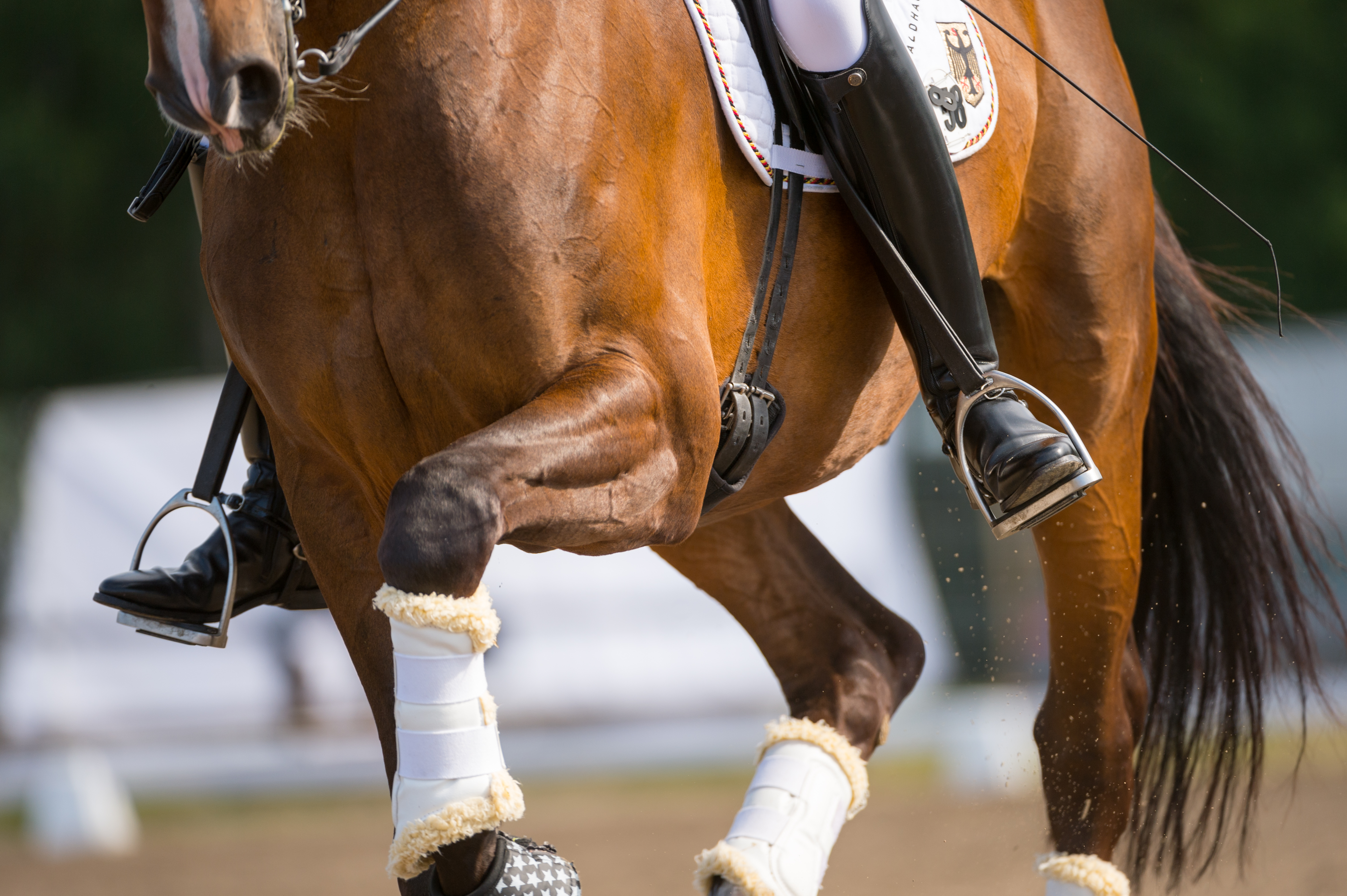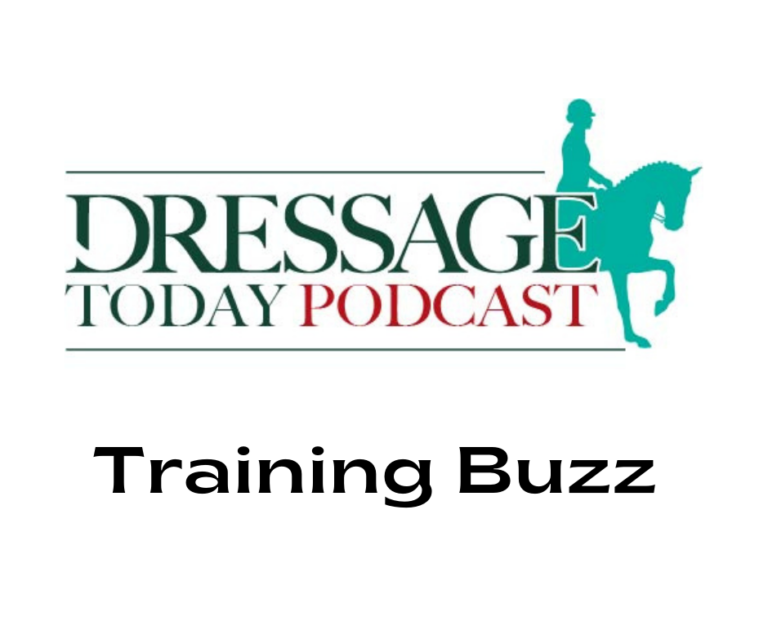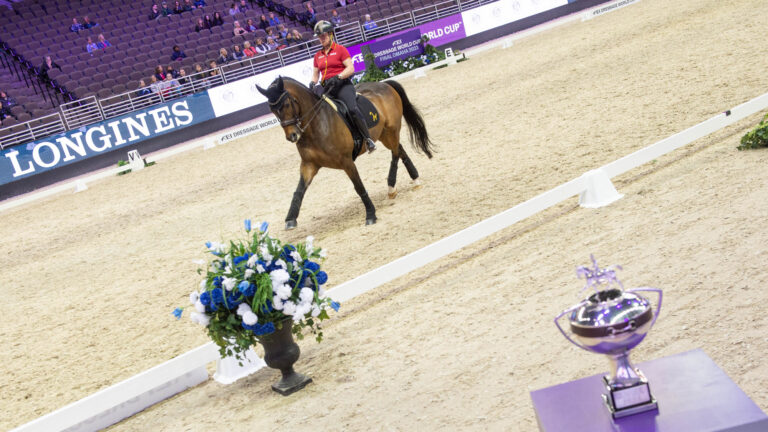This lifetime study of dressage has certainly been a process of self-discovery. In my early days I was a very instinctive rider. Once I understood what the correct basics felt like, I was able to re-create them without really understanding the nuts and bolts of the process. It was during the process of becoming first an instructor and then a judge that I realized my shortcoming and the importance of understanding the mechanics of motion.

My introduction to biomechanics was when working with Karl Mikolka. From him I learned that the correct timing of the aids should be based on how the horse uses his body. Understanding the footfalls and phases of each gait helped me to teach others how to time their aids to be more effective and learn correct feel. For example: Using unilateral leg aids to improve shoulder-in, haunches-in and half pass becomes even more important for piaffe and passage.
I have to confess that when the subject of biomechanics began to be discussed and written about, I did not whole-heartedly embrace this concept. After all, knowing that a horse doesn’t really bend evenly through the spine doesn’t really change the fact that it should appear to be evenly bent.
I was interested and diligently read all the material on the subject but couldn’t always appreciate the application. Then Hilary Clayton began her amazing research and I was hooked. For example: learning that engagement happens when the hind leg is grounded, flexed and weight-bearing during the stance phase—hence the importance of the timing of the half halt, depending on which hind leg you wish to influence. Understanding how different the ground forces work on the horse during piaffe versus passage made it clear why horses tend to excel at one or the other. Learning that the horse develops an uphill balance by lifting the shoulders as well as by lowering the haunches led to exercises and expectations to help him do both. And knowing what does happen in the horse’s body when he “bends” correctly helps the rider diagnose where the blockages are and how to address them.
I think we understand more clearly today that the horse cannot lift his back and step under with the hind legs when the rider is not sitting in vertical alignment, evenly on both seat bones, with good following mechanics of seat and hands, even though this is the position that has been taught for centuries by the world’s great teachers.
And finally, for myself, pursuing a Sport-Horse judging license has answered many questions as to why some horses excel in dressage and some struggle: The angles and length of the bones, the balance of the structure, the harmony of the horse’s build create range of motion and natural ability.
In addition to being intuitive as a rider, it is important to be tuned into the horse’s mental and physical state of being with an understanding of the mechanics of the horse’s and rider’s movement. This adds enormously to the creation of a truly artistic presentation.
Susan Mandas has been involved in dressage as a competitor, trainer, breeder and instructor for more than 40 years. She is a USEF “S” dressage judge, an “R” sport-horse breed judge and an FEI 3* Para-Equestrian judge. She is also a USDF bronze, silver and gold medalist. She has trained many horses to the FEI level and made the USET long list several times. Currently she lives in Centerville, Ohio, where she rides, trains and teaches.











